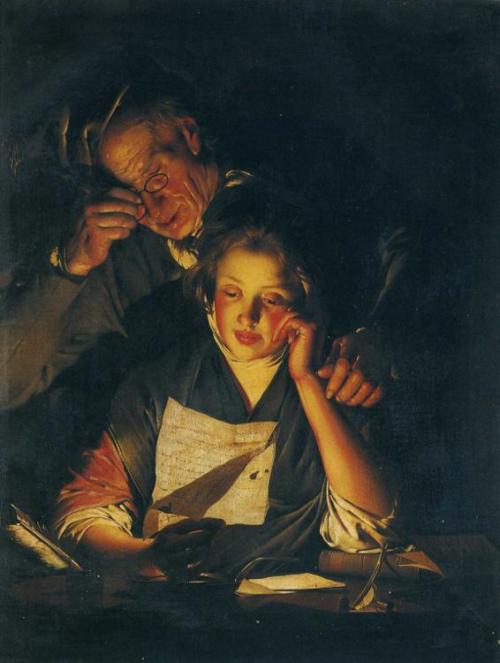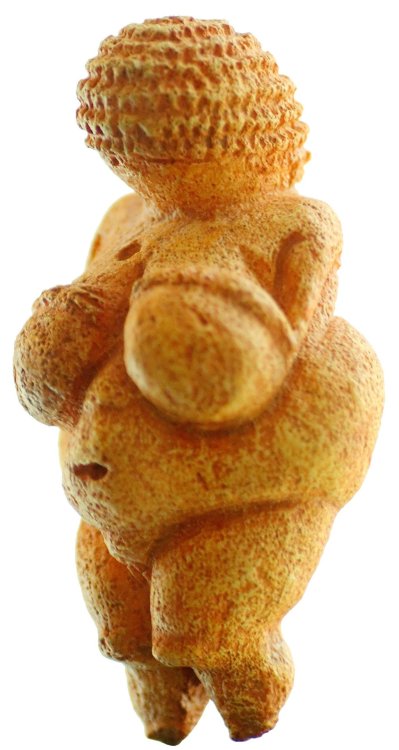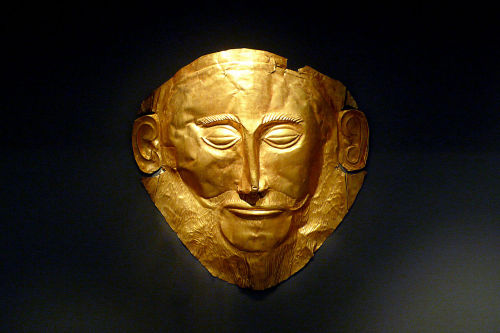#romanticism

Caspar David Friedrich, Wanderer above the Sea of Fog, 1818
Emotions run supreme in Romanticism and now you don’t have to read the great Romantic literature of the 19th century to get in touch with your sentimental side. Simply follow our Romanticist artists on social media and let them bring a touch of sensitivity to your day. Just keep in mind that I am not responsible for the deep ponderous silences or existential awe which may occur.
William Turner ( Facebook|Twitter|Tumblr)
Francisco Goya ( Facebook|Twitter|Tumblr)
Eugene Delacroix ( Facebook|Twitter|Tumblr)
William Blake ( Facebook|Twitter|Tumblr)
Caspar David Friedrich ( Facebook|Twitter|Tumblr)
John Constable ( Facebook|Twitter|Tumblr)
Theodore Gericault ( Facebook|Twitter|Tumblr)
Dante Gabriel Rossetti ( Facebook|Twitter|Tumblr)
Ivan Aivazovski ( Facebook|Twitter|Tumblr)
Note: This is not a complete list of Romanticism artists and I will keep on adding to it :)
yeah, life is cool, but where is my secret lover, who shows up at my house in the middle of the night with several books to read together and analyze, under the sound of raindrops pattering on the window?

Jeanne-Louise Farrenc
( 31 May 1804 - 15 September 1875 )
Happy Birthday, Louise!
Brahms-Symphony no. 3 in F Major(1884)
Despite how often people say Brahms was a conservative (which is true to a point), I think a lot of people underestimate his intensity of expression. The volume, bombast, and sometimes theatrical or operatic drama, are all underscored by the more traditional minded attitude toward structure and making sure the musical components are “functioning” in a logical way. Take the old form, and make something new out of it. Brahms had preferred that view to the newer Romantic school of thought favoring free-form and new forms created by the musical ideas themselves. Because of that, Brahms will always be the old scruffy severe German looking down at you from his wizened beard. Tangential, but I’ve talked with people who don’t like Brahms and they seem to come from this popular image: “Old fashioned”, dull, too theoretical, no good melodies, and (one extreme opinion) not truly “artistic”. But if we ignore the baggage of academicism and the symphony as a serious genre for developing complex musical thoughts, we should be thrown at the edge of our seats from the sound of the orchestra, and the long emotional melodies that people say aren’t there. I’ll take a moment to be more personal: I was surprised to find out that I’d made blog posts about the other three Brahms symphonies, but not this one. It was the first one that I fell in love with way back in high school. I remember listening to it and imagining knights in armor and large gothic castles. Brahms would turn in his grave. I got the idea from the bold and majestic opening movement. It begins with a statement of F-Ab-F, standing for Brahms motto “Frie aber froh”, Free but Happy. Somewhat leaning toward the 19th century trend of cyclical works, this symphony’s opening idea comes back in later movements as well. The motto of free but happy seems to radiate strongest in this opening movement. My favorite moment here is when the music quiets down a bit and teh flutes and bassoons play a an arabesque-like wavy melody over the strings fragmenting the same material, growing into a loud and stormy proclamation with chromatic lines (a very “Romantic” sound from a ‘Classicist”). The andante builds out of a chorale theme introduced in the winds. This more pastoral sound reminds us that this was a “vacation” work written while he was staying by the Rheine in Wiesbaden. The next movement, despite the unassuming title ‘poco allegretto’, has one of the more gorgeous melodies Brahms had written. It sings out of the cello and is punctuated by longing harmonies. Typical of Brahms, these harmonies are written out through counterpoint of fragments based off the contour of the melody. The last movement brings back the heaviness of the opening through a modified sonata. In the minor, it opens with a long and somewhat bouncy melody that could be like a Bach fugue subject. The music builds up energy into more drama, before shifting right into the “happy” counter melody. You could imagine this theme coming back with golden brass chorales. Instead, despite the dizzying effects done with the themes, and the noisy development that doesn’t let up in tension, the piece starts to sizzle up in agitated strings. A soft chorale brings back the opening motif, and then the symphony sighs away into a soft F major chord.
Movements:
- Allegro con brio
- Andante
- Poco allegretto
- Allegro - Un poco sostenuto
How do my parents have three children and still don’t know how to raise a child?
Did it hurt?
Did it hurt when you realized that the things you love the most are the things that others see as ordinary, not because you’ve learnt to see the beauty in the little things, but because they’re the things that no one will take away from you? Stars, the Moon, flowers, bees, puddles in the street… That you’re so broken that it’s the only thing you can truly, unadulteratedly love because everything else you’ve ever cherished has been cruelly ripped from your grasp?
Because it didhurtme.

Detail from The Bewitched Man (also known as The Devil’s Lamp) by Francisco Goya, c. 1798
Détail de « Une Épine au Milieu des Roses » par James Sant (ca. 1887).
Detail of “A Thorn Amidst the Roses” by James Sant (ca. 1887).
Post link
A Girl reading a Letter, with an Old Man reading over her shoulder, 1770,Joseph Wright
Medium: oil,canvas
Post link
Cottagecore is just 21st century Romanticism.
The mother goddess, right? Wrong wrong WRONG! The so-called Willendorf Venus dates somewhere between 24,000 and 22,000 BCE, although it’s not as if Josef Szombathy could have called that one when he found this figurine in a cave near Willendorf, Austria in 1908. Carbon-14 dating was in its infancy in 1908, as you can imagine, since it wasn’t invented until 1949. We have learned now that this figurine is incredibly old. In fact, it’s so old that a similar figurine found relatively nearby made of fired ceramic is the oldest piece of ceramic ever found.
So why would anybody think this was the mother goddess? Well, that is a really good question. First of all, who was the mother goddess? Short answer, she was a goddess whose first monuments rose up from the mountaintops of central Anatolia in about the eighth century BCE and whose last altars were dedicated in the fourth century CE. There were other goddesses known as mother, but this mother goddess was so enduring and widespread (Anatolia to France) that she gets the title.
So around twenty thousand years passed in between the carving of this stone figurine and the earliest monuments to the mother goddess. What happens in twenty thousand years? Well, I don’t know, a ton of stuff. Written history has only been a thing for like, five thousand, so it’s pretty hard for me to imagine twenty thousand years basically!!
Around the turn of the century everyone was soooo into the grand narrative. Everyone was so obsessed with writing a continuous story about all of human civilization and progress. It was the hot thing. But here is the problem! People didn’t know a ton of facts about all this old stuff back then. Surprise! It’s way too old to possibly be continuous.
So about this Venus of WIllendorf. Maybe it’s not the mother but surely it must be some kind of mother goddess, right? Look at her curves! Come on! Fertility goddess, right? Fertility amulet? Right?
Sorry guys. With almost no context for this figurine, we are going to have to start from scratch. Stone figurine of a female, around twenty-six thousand years old, found in a cave in Austria. Well, I don’t know, people got the creative impulse. Look at her pretty braided hair.
Post link
The death mask of Agamemnon, right? I don’t think so! Why would anyone expect Heinrich Schliemann, amateur archaeologist discoverer of “Troy”, to correctly date and contextualize, well, anything? It’s all SO OLD, you guys. It’s really hard to tell. Well, let’s straighten out this mess. Eratosthenes says the Trojan war was between 1194 and 1184 BCE. This is a pretty long time ago and it is during the Greek Dark Ages, so history was pretty shady. For scale, this is 700 years before the Greeks got all fancy and made their name in the Persian wars. It is 500 years before the mythical probably-fake founding of Rome.
So the death mask of Agamemnon? Unfortunately for Heinrich Schliemann and his late nineteenth-century German Romanticism, some amazing Mycenaean goldsmith forged that golden mask somewhere in the latter half of the 1500s BCE, and let us not forget that the Mycenaean civilization sort of collapsed in the 1200s BCE. So when Agamemnon returned from Troy and had his head chopped off by Clytemnestra, some other dead king had been wearing this mask for at least two hundred years, and Agamemnon probably had never even heard of him because the civilization had collapsed and revivified in the meantime.
Plus, why would Clytemnestra let such a daughter-sacrificing asshole wear such a fancy mask?
Post link












